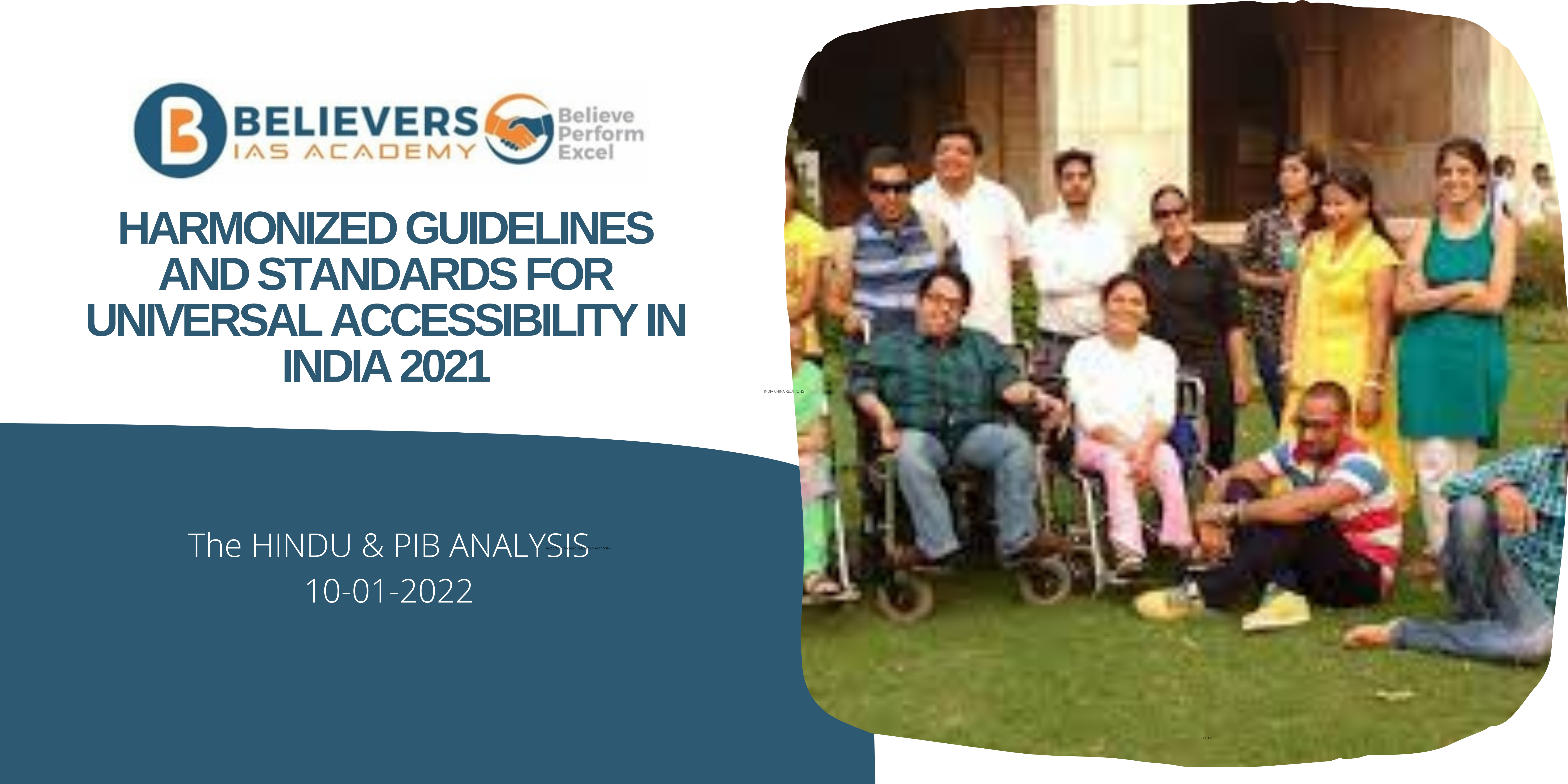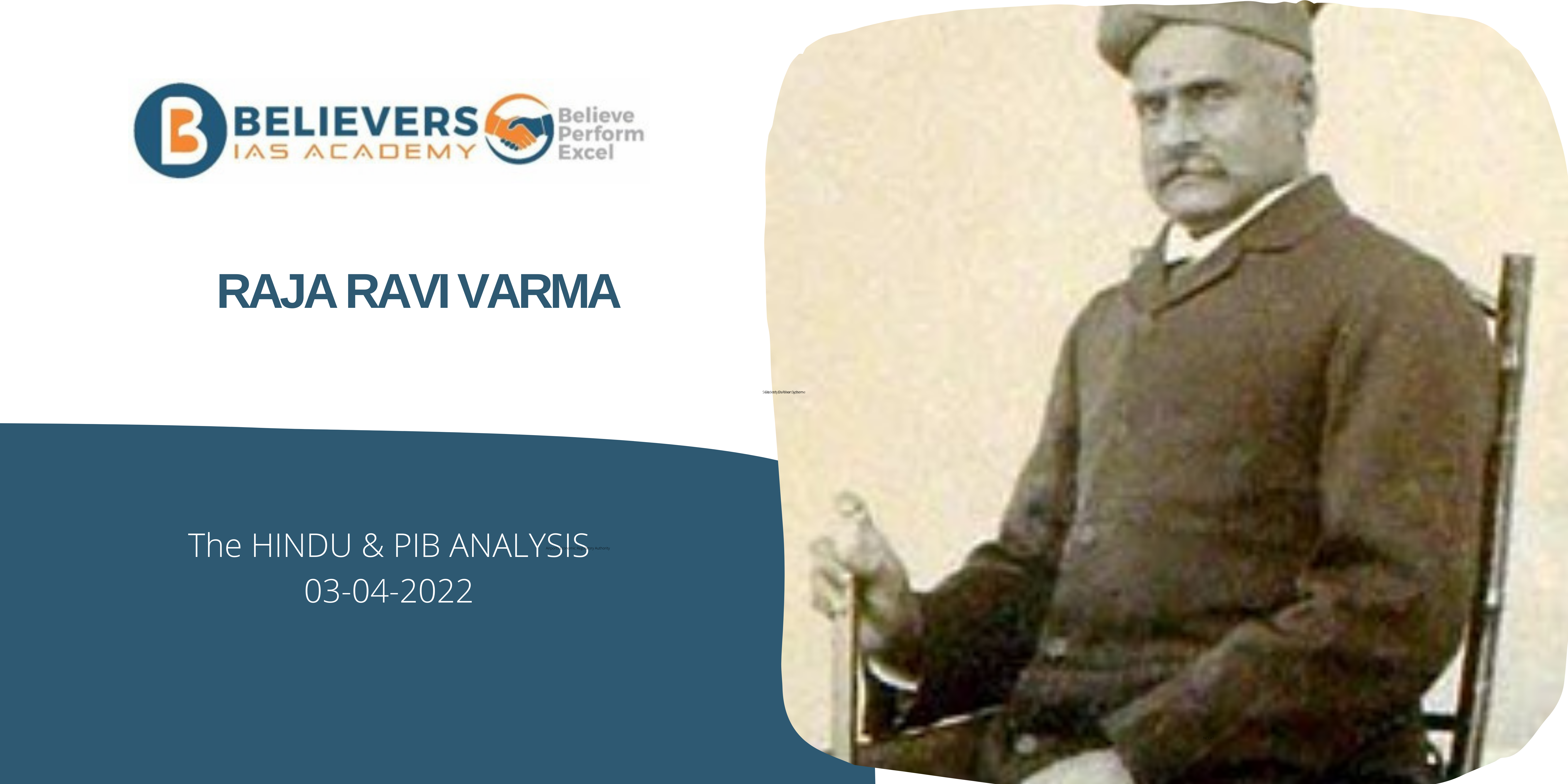- Posted on
- Daily Current Affairs
About The Harmonized Guidelines And Standards For Universal Accessibility In India 2021:
- The new universal accessibility rules recently drafted by the Centre include different areas of the built environment, from the design concept to execution.
- In December 2021, the Central Public Works Department (CPWD) made the Harmonised Guidelines and Standards for Universal Accessibility in India 2021 available on their website.
- However, a project representative stated that a few small changes were in the works.
- The rules are an update to the CPWD’s Harmonised Guidelines and Space Standards for Barrier-Free Built Environment for Persons with Disabilities and Elderly People, which were announced in February 2016 under the Ministry of Housing and Urban Affairs (MoHUA).
- The revised rules, which were drafted by a team from the Indian Institute of Technology, Roorkee, and the Ministry of Housing and Urban Affairs’ National Institute of Urban Affairs, aim to provide a holistic approach.
Difference from the earlier versions:
- Earlier, the focus was on establishing a barrier-free workplace, but now we will be focusing on universal accessibility.
- The standards state that ramps are critical for offering an accessible mobility alternative, but it’s also important to remember that ramps must follow specific guidelines.
- The rules specify the gradient and length of ramps; for example, a six-metre-long ramp should have a gradient of 1:12.
- According to the rules, a ramp’s minimum clear width should be 1,200 mm.
Applicability of these guidelines:
- According to related intellectuals, the rules are not only for people with disabilities (PwD), but also for those participating in planning projects ranging from government building construction to city master planning.
- While the standards focus on making public buildings and transportation fully accessible to wheelchair users, other users who may face temporary difficulties have also been considered. Women wearing saris, for example, and parents pulling a child’s pram while carrying groceries or other bags.
- Accessibility symbols for people with disabilities, family-friendly facilities, and transgender people should all be included among the symbols for other user groups, according to the recommendations.
- The rules are intended for use by state governments, government ministries, the commercial sector, and architecture and planning institutes as a reference.
Source The Hindu




